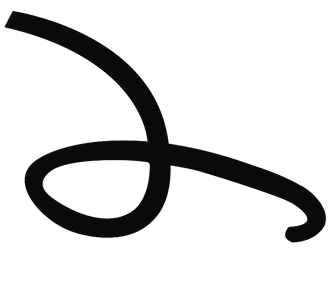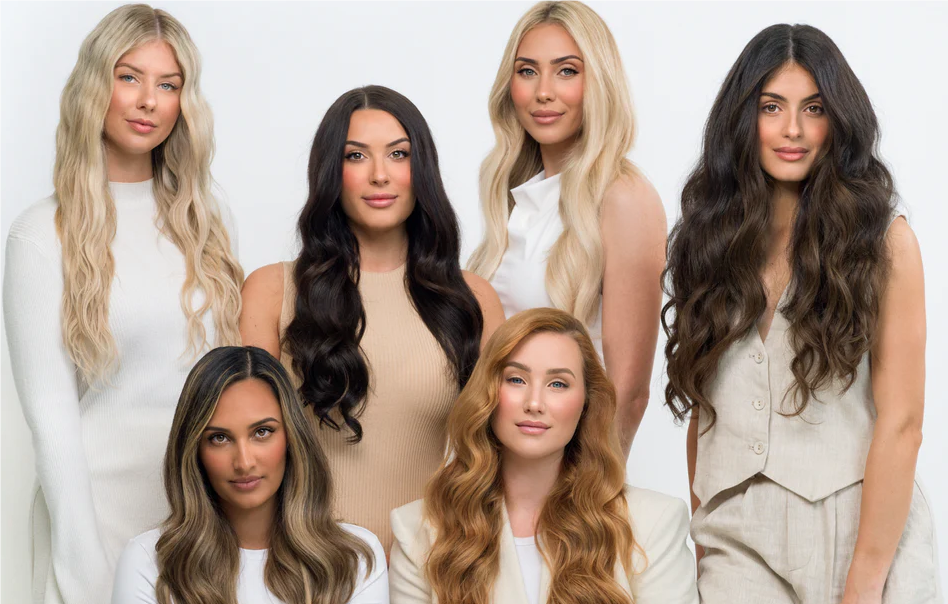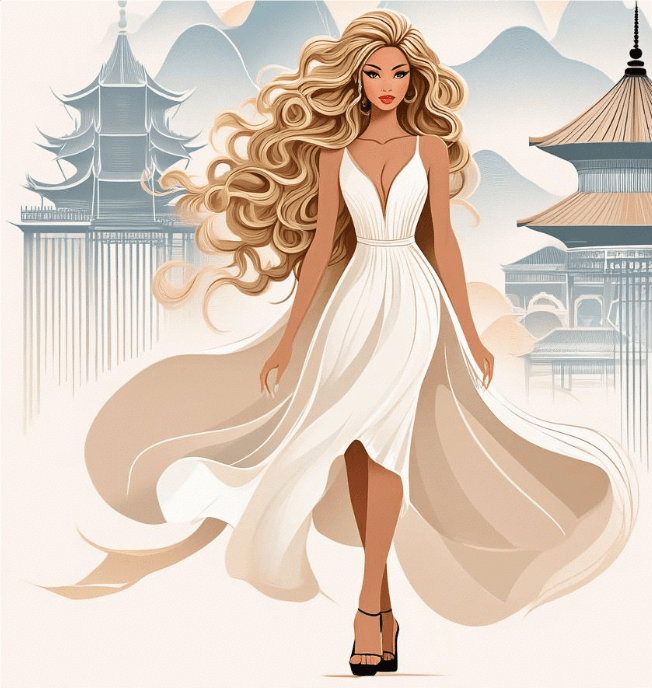The Rise of the Mongolian Ponytail: A Fashion Phenomenon Among European Women
The Rise of the Mongolian Ponytail: A Fashion Phenomenon Among European Women
In recent years, the fashion world has witnessed a resurgence of the Mongolian ponytail, a hairstyle that has captured the hearts and attention of women globally, particularly in Europe. This timeless yet trendy look has not only redefined beauty standards but has also sparked a wave of demand that continues to grow. To understand the surge in popularity and the market dynamics behind this hairstyle, let's delve into its history, its appeal to European women, and the current market trends.

The Origins of the Mongolian Ponytail
The Mongolian ponytail, often simply referred to as a "ponytail," has roots tracing back centuries. It is believed to have originated among nomadic tribes in Mongolia and Central Asia, where practicality and convenience were key factors in daily life. The hairstyle, characterized by long hair tied at the nape of the neck, allowed for ease of movement and was less susceptible to tangling in harsh environmental conditions.
As time passed, the ponytail evolved from a functional hairstyle to a fashion statement. It has made appearances in various cultures and historical periods, often associated with youth, vitality, and simplicity. Today, it stands as a versatile hairstyle that suits every age group, face shape, and occasion.
The Appeal to European Women
European women have embraced the Mongolian ponytail for its timeless elegance and adaptability. In a region known for its diverse fashion sense and appreciation of individuality, the ponytail offers a way to express oneself without overcomplicating the look. Here are some reasons for its popularity:

The Future of the Mongolian Ponytail
Looking ahead, the Mongolian ponytail shows no signs of waning in popularity. As fashion trends continue to evolve, this hairstyle is poised to remain a staple due to its inherent adaptability and cultural significance. European women, in particular, will likely continue to embrace it as a symbol of individuality, practicality, and a connection to diverse cultural heritages.
Moreover, with advancements in haircare technology and increasing consumer awareness about hair health, products and services tailored to maintaining ponytail-friendly hair will become even more sophisticated. This will further fuel the market demand and cement the ponytail's place in the fashion landscape.

In conclusion, the Mongolian ponytail has transcended its historical roots to become a global fashion phenomenon, particularly among European women. Its appeal lies in its versatility, comfort, cultural significance, and the influence of celebrities and social media. As market trends continue to evolve, the ponytail will undoubtedly remain a cherished hairstyle, inspiring countless women to express their unique sense of style.





